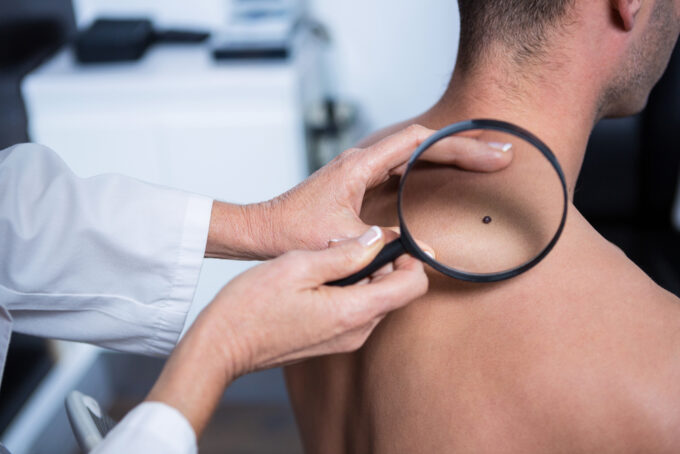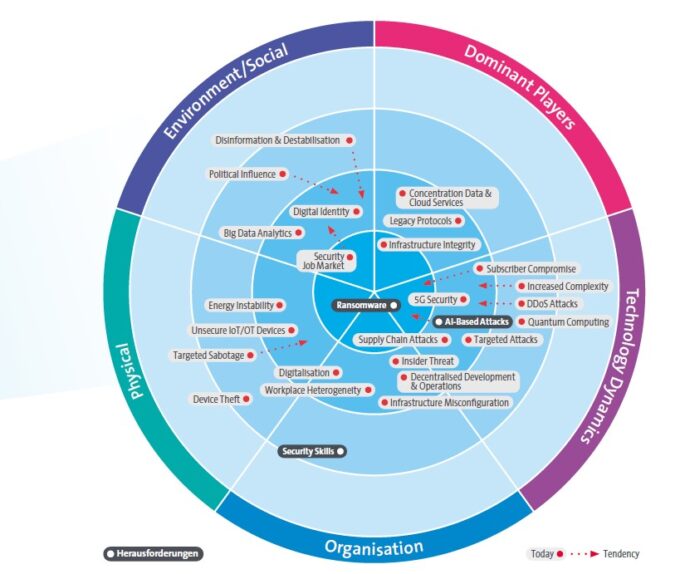Lightweight explosive trace detector for mobile use
The detection of explosives is important for civil security. Previous sensors are heavy, expensive and complex to maintain. A team of founders from the Federal Institute for Materials Research and Testing (BAM) wants to bring a mobile explosives trace detector to market that detects explosives more reliably and thus makes an important contribution to security in the civilian sector.

In the civil security sector, explosives have so far been detected mainly by stationary stand-alone devices, for example at airport security gates. The few portable devices currently available on the market, weighing an average of five kilograms, are only suitable for mobile use to a very limited extent. In addition, the maintenance and cleaning of these devices are very cost-intensive.
Novel detection chemistry
"For most users, the devices are also too expensive to purchase. They also do not tolerate water and are therefore prone to false alarms in high humidity. Because they work on the basis of ion mobility spectroscopy, some devices contain a radioactive source and are thus subject to numerous safety regulations for transport, storage, use and disposal," explains Mustafa Biyikal, an expert in chemical sensors at BAM.
A few years ago, Biyikal set himself the goal of developing an explosives detector that was not only more powerful, but also lighter and less expensive than existing devices. Together with Knut Rurack, his mentor at BAM, he developed a novel detection technique based on chemical-optical measurement technology and now holds several patents for it. Special dyes are used to detect explosives. They react to the explosives, e.g. TNT, and change their fluorescence behavior; this in turn is registered by a photoelectron multiplier and converted into an electronic signal. Detection takes place in a matter of seconds. A unique feature here is that after measuring a heavily contaminated sample, only the chip needs to be changed, not the entire device, which requires time-consuming cleaning. They also succeeded in accommodating the detections for nitro, nitrate, peroxide and inorganic explosives on a chip the size of a postage stamp (lab-on-a-chip), thus saving weight.
Weighs only 1.3 kg
Now the sensor technology expert wants to bring the explosives detector, which weighs only 1.3 kilograms, to market maturity with a start-up. To this end, he is founding True Detection Systems GmbH (TDS) together with his BAM colleagues Martin Kaiser and Bruno Jan Rycek, experts in artificial intelligence and finance and marketing respectively, and Christopher Walter, an engineer from the aviation industry.
Starting in 2025, the team plans to launch the explosives sensor initially in the EU and the UK. Later, it will also be launched in the USA, Canada and Asia.
"Our sensor is of interest to a broad market, including in Germany alone the federal and state police forces, the German armed forces, the fire department, the Federal Agency for Technical Relief, state authorities, customs and, of course, private security companies," says team member Bruno Jan Rycek.
Text: BAM










